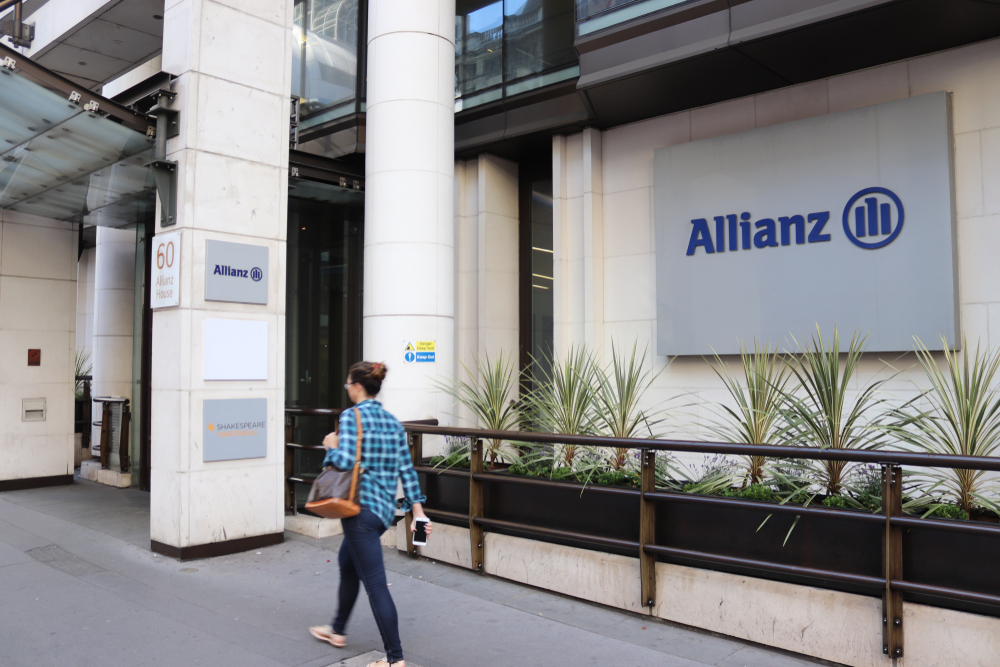ImpactAlpha, Nov. 30 – Cluster bombs and hazardous chemicals. Tobacco and firearms. Child labor and corruption. “Exclusion” lists have for decades helped investors keep out of their portfolios companies involved in activities that impose a negative social toll or carry significant legal or regulatory risks.
Most institutional impact investors use the International Finance Corp.’s exclusion list as a reference standard. Such exclusion lists, similar to negative screens, help investors rule out the severest cases.
The use of exclusion lists can be expanded to account for a broader spectrum of potentially negative economic, social, environmental and climate externalities that are counterproductive to the goals of most impact investors.
An expansion of the list to root out industries and business models counterproductive to impact will foster greater confidence in the investment industry as a tool for good. Exclusion lists can be key tools to combat “impact washing” as a clear set of screening criteria for impact investors, alongside industry guidance such as the IFC’s Operating Principles for Impact Management.
There is no universal tool in place, for example, to ensure that impact investors do not perpetuate cycles of dependency for developing countries, such as exporting low-value commodities and being dependent on imports from industrialized economies.
The current IFC exclusion list, last updated in 2007, is due for revisions that would bring it in line with contemporary environmental, social and governance, or ESG, performance standards. Such a list could drive greater accountability for biodiversity loss and harm to Indigenous communities, alignment with the global transition to renewable energy, and reduction of the cycles of dependency for low-income countries.
Community accountability
Any investment produces economic and social side effects, which have been considered ‘externalities’ by economists. The modus operandi of impact investors can be summed up as intentionally producing positive externalities. Despite best intentions, negative environmental and social externalities sometimes also surface, such as when a new plant built with the intent of generating jobs pollutes a nearby stream or displaces indigenous people.
Watchdog groups such as Accountability Counsel amplify community voices around the world to protect human rights and environment. While these organizations serve as advocates for those harmed by internationally financed projects, screening for potential adverse effects at the inception stage can identify issues that may be non-obvious to the project sponsors or financiers.
For example, while current exclusion lists do rule out certain projects that “impinge on the lands owned, or claimed under adjudication, by Indigenous Peoples,” they do not go far enough in protecting communities from environmental damage (including biodiversity loss) or adverse social effects that are not necessarily limited to expropriated land.
ESG to impact
Fortunately, the investment community has been rapidly embracing assessments for ESG criteria during the deal sourcing and due diligence stages. Development finance institutions such as CDC Group have pioneered ascertaining ESG risks of prospective investments and numerous ESG frameworks such as GRI, SASB and TCFD can help screen venture opportunities.
Still, many investments with questionable environmental footprints, social impact and corporate governance standards pass under the ESG banner.
It’s time to employ stricter assessment criteria and performance standards to eliminate general ESG offenders from the investment mandates of investors that use the ‘impact’ label. Exclusion lists can be used to prohibit, for example, carbon polluters alongside the already-banned companies producing asbestos fibers or radioactive materials.
Energy transition
Within the spectrum of ESG concerns, enterprises that emit significant amounts of carbon dioxide and are key participants of the fossil fuel economy pose a significant challenge for impact investors. On one hand, for example, a taxi and delivery company in a developing market may have a clear impact thesis of job creation and economic growth (e.g. UN Sustainable Development Goal Nos. 1 and 8, at the very least). At the same time, it may be a significant carbon polluter. Electric vehicles may not yet be a viable option in many markets. Thus, an impact investor is faced with a conundrum: should they finance a company for its positive social impact if it goes counter to their thesis of advocating for renewable energy?
The proposed acid test for such situations is the presence of a viable roadmap. It may not be feasible for a company to employ electric delivery vehicles at the current stage of its evolution, yet the business needs to have a strategic roadmap of participating in the clean energy transition as the necessary electric vehicle infrastructure becomes available. Thus, while it is not currently realistic to reject investments in carbon-generating companies due to the present lack of alternatives within their operating sectors, the absence of a viable long-term “clean energy transition plan” can constitute a reason to be on an investor’s exclusion list.
Impact investors can develop toolkits to establish whether a company can become an eventual player in the renewable economy or if, to the contrary, it is likely to perpetuate the cycle of fossil fuel extraction and related carbon emissions.
Dependency cycles
There is another vicious cycle impeding global economic and social development. Many economic sectors are heavily engaged in the extraction of raw materials from developing countries in Latin America, Asia, and Africa, while importing manufactured goods to these locations. In many locales, this pattern traces back to colonial legacy, as it was deliberately designed to benefit the colonizer economy while impeding development of the colonized. Many of these trade flows continue to exist to this day and it is the impetus of impact investors not to perpetuate these vicious cycles, but rather to counteract them.
Impact investors should consider forgoing investments into companies that seek to extract resources from developing countries for shipments abroad, unless there is a clear path to building local value-add in processing and industrial production. Likewise, investments into companies that rely on goods imported into developing countries as their primary revenue driver should be passed if there is no clear path to localization. Impact investors thus need to understand these dependency cycles, use exclusion criteria to avoid investments that perpetuate them, and intentionally counter historic precedent with financing to sustainably develop local economies.
Exclusion lists may be perceived as draconian tools that stem the flow of capital to certain sectors. Indeed, they are by no means perfect. However, akin to strict ESG criteria cutting financing for coal producers to their public lament, exclusion lists can also be a very effective instrument.
The public nature of these lists also helps entrepreneurs baseline their expectations in terms of which activities may, or may not, receive funding from the ever-growing number of institutional impact investors. This advance knowledge can stimulate them to focus their energies on businesses where the net economic, social and environmental value of externalities is overwhelmingly positive.
Dmitry Fotiyev is partner at Brightmore Capital. He is a contributing editor at ImpactAlpha.











